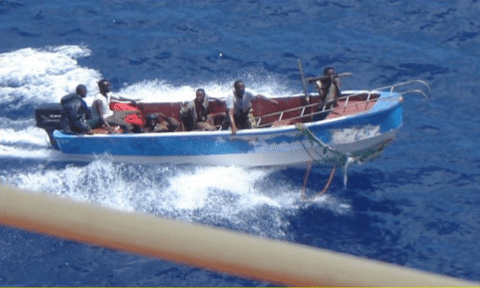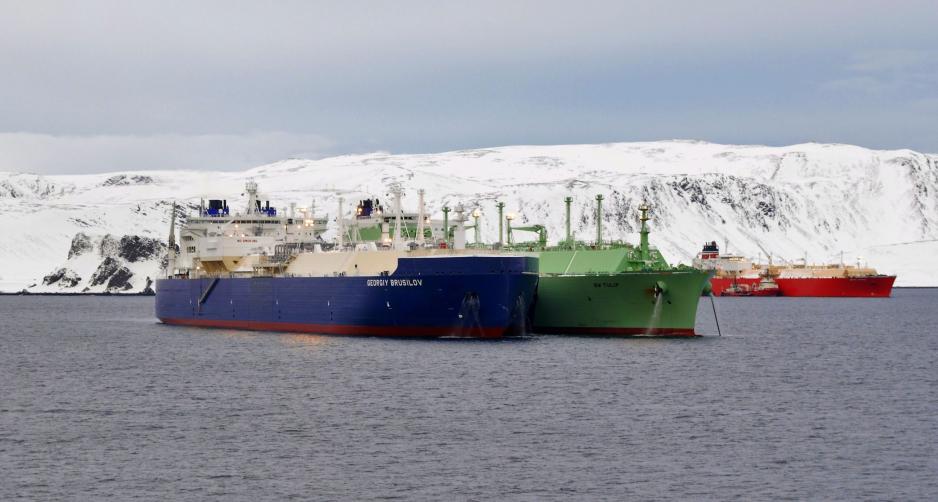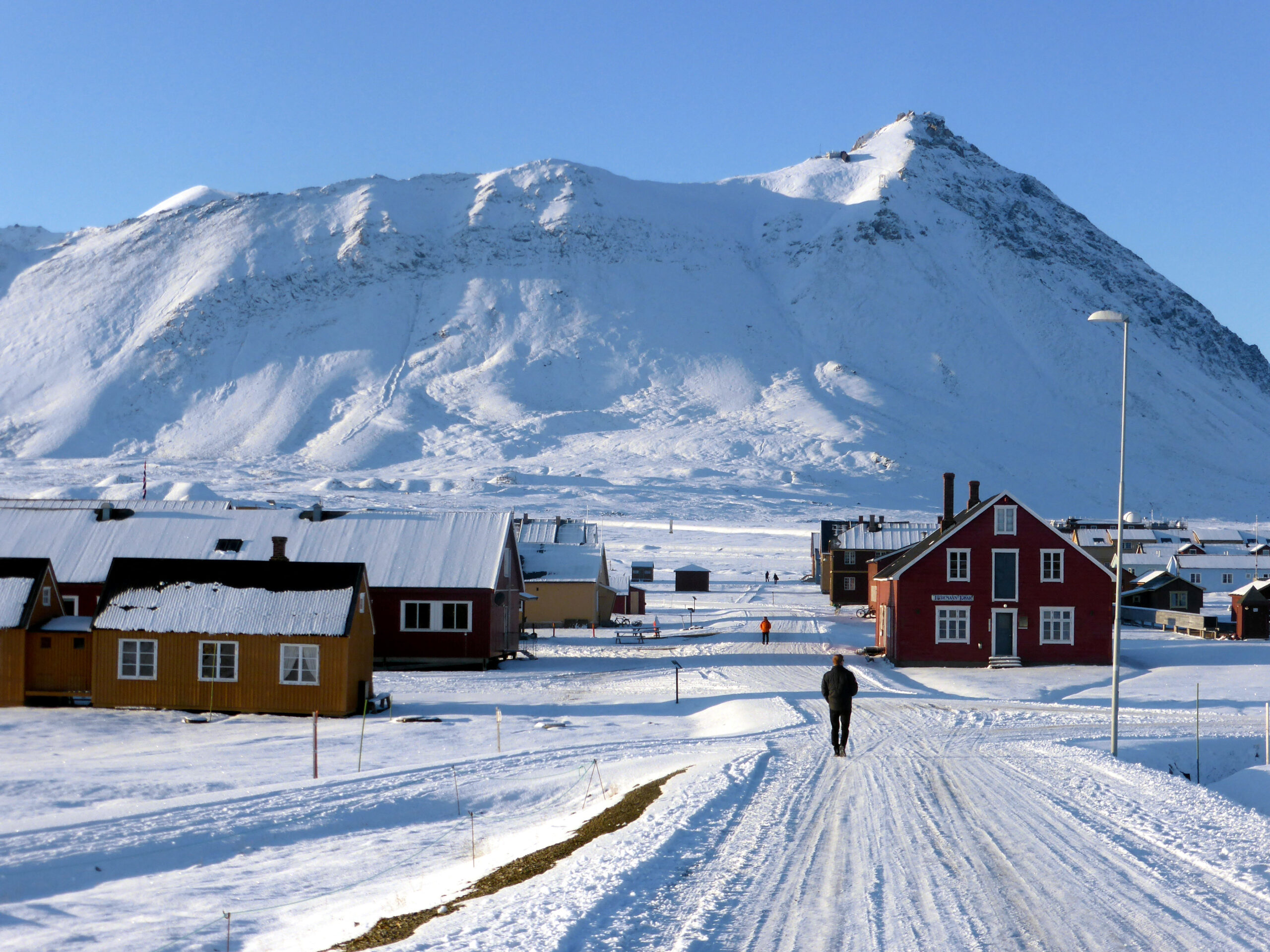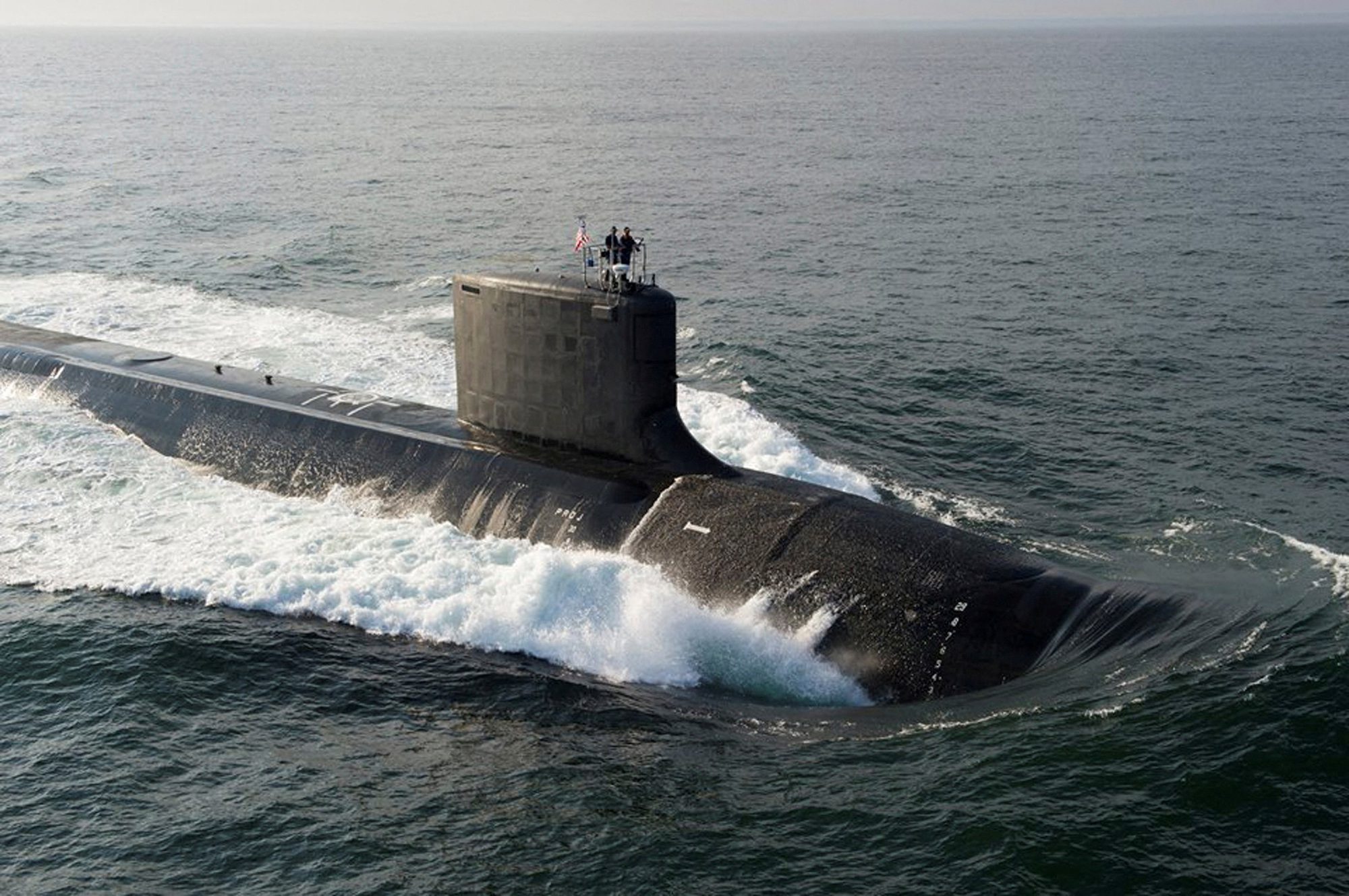While ISAF recognises that the final decision on whether to enter any area where pirates operate and how to conduct a vessel in those waters remains entirely the responsibility of the master of each vessel, the current advice from the military is simple:
2. Background to this advice
2.1. The scale of the problem
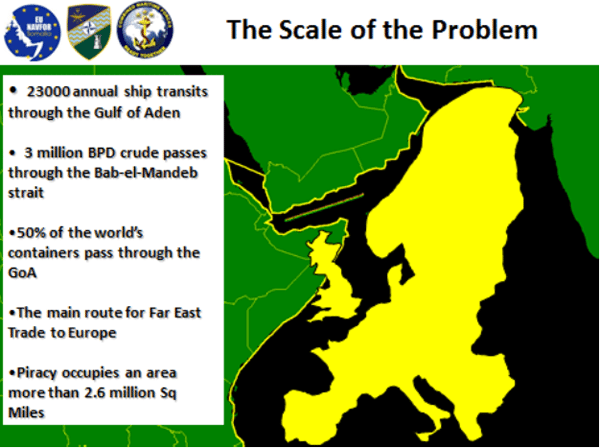
The affected waters consist of 2.6 million square miles of sea (an area greater than the size of Europe) and there are only 30 warships available at any one time. Some of these are necessarily in port and some are escorting world food aid programme shipping; all of which reduces assets for patrolling the area yet further.
Approximately 95% of EU trade (by volume) and 20% of Global Trade transported by sea passes through the Gulf of Aden (GoA) on passage between Europe and Asia. Protecting this traffic and ships carrying aid to the Horn of Africa are the main priorities of the naval forces deployed in the area.
Piracy has become big business and the pirates, originally Somali fishermen no longer able to earn a livelihood from fishing, now include criminal elements from many nations.
Attacks have increased in numbers and the area affected has increased as pirate tactics have evolved. Year on year the numbers of attacks are up some 90% from 2010 to 2011.
However, as deterrence and defensive measures on merchant shipping improves, the success rate has reduced to about 1 in 5, particularly in the Gulf of Aden (GoA). This has caused the pirates to adapt their methods of operation and to range widely over the Somali Basin and far into the Indian Ocean, reaching as far south as the northern end of the Mozambique Channel. More recently activity has also been reported in the southern end of the Red Sea/Bab Al Mandeb area.
No part of this huge area can be considered safe.

All the piracy and armed robbery incidents reported to the IMB Piracy Reporting Centre during 2011.
Source: http://www.icc-ccs.org/piracy-reporting-centre/imb-live-piracy-map
(Courtesy of ICC Commercial Crime Services)
It is quite clear that the situation is now something of a strategic stalemate. Somalia is a failed state and the naval force is merely tackling the symptoms of the problem, A solution to the root cause that spawns piracy will require political intervention if it is to be resolved; yet there appears to be no international appetite for this.
With the limited resources at their disposal, the combined effort of naval forces in the region is failing to deter, disrupt and suppress piracy in order to support UNSCR resolutions, protect global maritime commerce, enhance maritime security and secure freedom of navigation.
2.2. How the Pirates operate
In recent years the pirates would typically go to sea in a long, narrow, roughly-built open boat of 30 to 40 ft with an inboard diesel towing two smaller open GRP boats fitted with high-powered outboards capable of speeds up to 25 knots. They carried enough fuel on board to achieve a range exceeding 1,000 miles and could stay at sea for as much as 30 days. On finding a ship they would fire AK47s or RPGs to intimidate the crew while attempting to board using a hooked ladder if needed. Sometimes a pirate vessel would outrun its fuel supply and the crew would perish from lack of food and water. If a ship had not been taken by the end of their deployment the pirates might become desperate and liable to attack anything including yachts irrespective of their value simply to survive and return to shore.
Until relatively recently, piracy was restricted by the monsoon seasons which made it difficult for them to operate from small skiffs in heavy weather. Now, however, they have adapted and learnt that by using mother ships and operating in well organised groups (Pirate Action Groups or PAGs), they are able to operate over greater ranges, for longer periods and through the NE monsoon which is traditionally a favourable time for yachts making passage.
This year attacks are continuing during the SW monsoon as well.
Somewhat ironically the use of mother ships was something the pirates learned following naval attempts to “blockade” the Somali coast to stop them leaving the shore.
The PAGs do not need to be able to operate the mother ships they pirate; they use the vessel’s crew to do that often treating them with extreme violence and keeping them in harsh conditions. Under the current rules of engagement governing action by the military, life cannot be put at risk. As a result, the pirates who are now no more than organised criminal gangs, have learned the value of using captive crews as hostages. If a Naval warship draws close, the pirates simply point a gun at the head of a hostage and threaten to pull the trigger if the naval ship does not pull away. The naval forces have no choice but to comply.
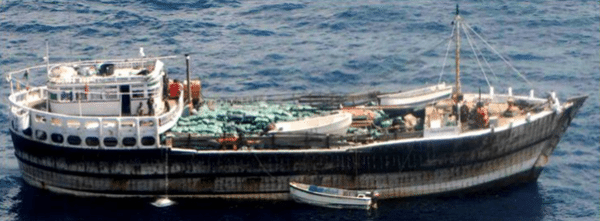
Typical pirate mother ship
Mother ships range from 300,000 ton super tankers to minor merchant vessels that have been pirated, but are more usually something smaller such as the Dhow which is traditional to the area and which might easily blend into fishing fleets. Just before Christmas 2010 a group of pirates seized a sailing yacht off the Seychelles and used that as a mother ship which provided them the perfect cover to lure ships alongside who believed they were offering assistance to a distressed vessel.
The message is clear: there are no rules as far as the pirates are concerned and nothing is off limits; they have shown a ruthless disregard for humanity, a sailing vessel makes an easy target and might be the next stage in their evolution.
2.3. Recent attacks on sailing yachts in the area
In October 2009 Lynn Rival was taken SW of the Seychelles archipelago. Rachel and Paul Chandler were held for over a year before a ransom was paid for their release in early November 2010.
In November 2010, Choizil was taken by pirates on the border between Tanzania and Mozambique – crew Bruno Pelizzari and partner Debbie were taken hostage whilst owner/skipper Peter Eldridge escaped. If alive now they are still held hostage.
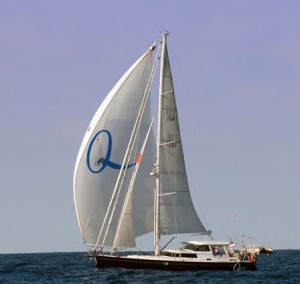 On 18 February 2011, Quest, a 58 foot sloop and its 4 man crew were taken by pirates in the Indian Ocean some 280 miles south of Sur in the Oman. Quest was sailing with the Blue Water Rally before heading off on their own for Salalah before being taken. The yachting fraternity was universally horrified when the crew of Quest was murdered by the pirates on 23 February 2011 despite being closely tailed by 4 US warships. More shockingly, pirates have been reported as saying that killing hostages has now become part of the rules; if a rescue is attempted they will immediately kill hostages.
On 18 February 2011, Quest, a 58 foot sloop and its 4 man crew were taken by pirates in the Indian Ocean some 280 miles south of Sur in the Oman. Quest was sailing with the Blue Water Rally before heading off on their own for Salalah before being taken. The yachting fraternity was universally horrified when the crew of Quest was murdered by the pirates on 23 February 2011 despite being closely tailed by 4 US warships. More shockingly, pirates have been reported as saying that killing hostages has now become part of the rules; if a rescue is attempted they will immediately kill hostages.
Most recently on the 24 February the yacht ING was taken with its 7 crew which included 3 children. Unluckily it appeared to have been on the same route as Quest. All are still in captivity.
Piracy must be considered as a significant, frequent and unacceptable threat in these waters. Pirates are using increased levels of violence against seafarers and the consequences of being captured are dire. More importantly, the pirates are now prepared to shoot hostages which must be a clear message to keep out of the area altogether.
3. Still not convinced?
Here are some of the questions yacht skippers have been asking
Q: Can yachts passing through the GoA expect a naval escort, perhaps by forming a large convoy?
A: No. There are insufficient warships to provide protection; their primary duties are to guard World Food Programme and vulnerable merchant ships. Your best protection is not to be in affected waters.
Q: Can yachts expect help from naval forces if attacked?
A: Realistically, No. It would take a skiff at 25 knots about 3 minutes from the time it is spotted to the time it gets alongside a sailing yacht. To prevent boarding you would need to be almost alongside a naval warship. Once pirates have boarded, the rules of engagement for the naval forces prevent further action due to the risk of cross fire killing hostages. Furthermore military intervention is highly likely to put hostage lives at risk. A yachtsman was killed in April 2009 during military action in an attempted rescue.
Q: What about convoys?
A: There are some who advocate a large convoy of 25-30 yachts (these might be organised into smaller sections of 5 or 6 boats except when under attack). The advocates of this approach claim that the large number of yachts acts as a deterrent, especially as the potential attackers will not know if arms are being carried.
While recognising that to be part of such a group may give a feeling of heightened security, the military do not believe that a large convoy does provide any deterrent effect. A Khat-affected young “Jin al Bar” warrior, who will cheerfully open fire on a warship, is not likely tobe put off by the sight of 25-30 yachts. Additionally, given that it has taken such convoys some 25 minutes to form their defensive formation and that it only takes some three minutes for a pirate skiff to approach and board a victim, it would be all too easy for outliers to be picked off.
Q: Should firearms be carried?
A: Naval advice is very strongly against the carriage of weapons and also the use of alternatives such as flares etc. To be quite blunt, unless you are prepared to use a firearm, merely brandishing one will simply aggravate an already dire situation. If you do fire a weapon then the weight of return fire is likely to be superior and devastating.

Q: What is the best course through the Gulf of Aden- in or close to the IRTC or close to the Yemeni coast?
A: The Naval authorities (MSCHOA) encourage yachts who have ignored all advice against making this passage to sail either in the 2-mile-wide buffer zone between the two lanes of the IRTC or close to the northern lane. The co-ordinates are:
Westbound lane, northern boundary: 12 00N 45 00E 14 30N 53 00E
southern boundary: 11 55N 45 00E 14 25N 53 00E
Eastbound lane, northern boundary: 11 53N 45 00E 14 23N 53 00E
southern boundary: 11 48N 45 00E 14 18N 53 00E
The course eastbound is 072°T and westbound 252°T.
This will not reduce their vulnerability, and it covers only a small part of the Indian Ocean, but will give the best chance of a yacht‟s transmission on VHF 16 or VHF 8 being received by a patrolling warship, or being relayed by a merchant vessel. However VHF contact is not guaranteed, if you are out of range of a warship then it is almost certain that it will not be able to respond to an attack before the pirates are on board and there is the view that pirates loiter near the IRTC waiting for potential victims to pass.
As for hugging the Yemeni coast, there is no co-ordination with the Yemeni Coastguard or navy. EUNAVFOR units may not enter Yemeni waters without first obtaining permission from the Yemeni authorities which may take some days, if it is possible at all. There may be an increased chance of encountering a people-smuggling boat which will pose an additional risk. Parts of the Yemeni coast have been reported to be under the influence of terrorist groups.
Q: What of the Hanish Islands in the southern Red Sea?
A: Local militias are reported to be active around the Hanish Islands and Zuqar Island and a wide berth is advised. Attacks and approaches are now more frequently reported in the Southern Red Sea/Bab El Mendeb. It is assessed that with the onset of the South Westerly monsoon the piracy activities may increase as it did between June and August last year.
Pirates are currently assessed to be operating within the Southern Red Sea/Bab El Mendeb area and may be blending into local fishing activity/traffic.
Q: Is there ship transport available to yachts?
A: Seven Star Yacht Transport and other specialist firms can provide an on-deck transport service, chargeable at commercial rates and owner’s insurable risk. Details are published at www.sevenstar/nl/ and also on Noonsite www.noonsite.com
Q: If I decide to go should I report to anyone?
A: If, despite the risks, you decide to ignore the advice not to transit and you decide to go ahead, MSCHOA strongly encourages yachts to register in advance and to report daily during the passage as follows:
Yachts may register a passage with UKMTO Dubai and MSCHOA and provide the information set out in the attached Yacht Passage Information Form, preferably by email but alternatively by telephone:-
- UKMTO (UK Maritime Trade Organisation) (RN) Dubai [email protected] +971 50 552 3215 fax +971 4 309 4254;
- MSCHOA [email protected] +44 (0)1923 958547, 39, 35. fax +44 (0) 1923 958520 (24 hour watch).
US-flagged vessels may wish to contact MARLO (Maritime Liaison Office) (USN) Bahrain [email protected] +973 3940 1395 (24 hour watch) who will provide a similar service.
This information will be passed to patrolling warships which will then at least be aware of your intentions, likely time of transit and numbers of crew on board and may well be able to inform you of the immediate local situation.
The bottom line for yacht skippers who might be considering a transit of the area including the Gulf of Aden is simple:
- Do not sail in the Indian Ocean, Arabian Sea, Somali Basin and Gulf of Aden.
- The Self Protective Measures for commercial shipping are not effective on Yachts.
- There is no extra safety by travelling in groups although there might be psychological comfort.
- The threshold of violence that the pirates deliver is increasing (including torture and murder).
- Yachts are very low and very slow; pirates do consider them as viable prey as they are vulnerable and easy to board and control.
- If kidnapped, you do not have the same release options as commercial companies; someone is going to have to find the money.
- If you absolutely must transit through the GoA, use the IRTC reporting to UKMTO and MSCHOA, described above.
[Except where indicated, all pictures courtesy of MSCHOA]

 Join The Club
Join The Club




